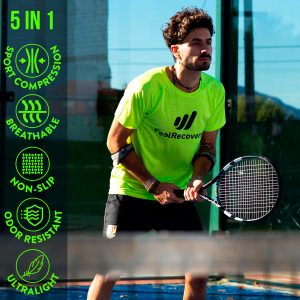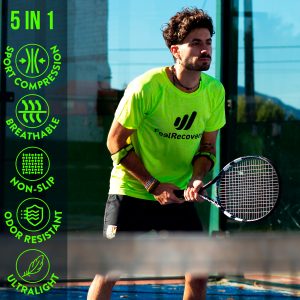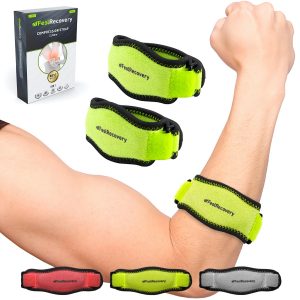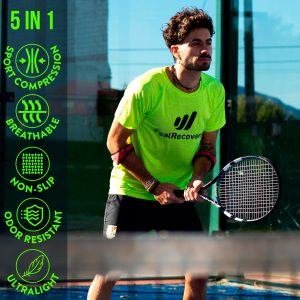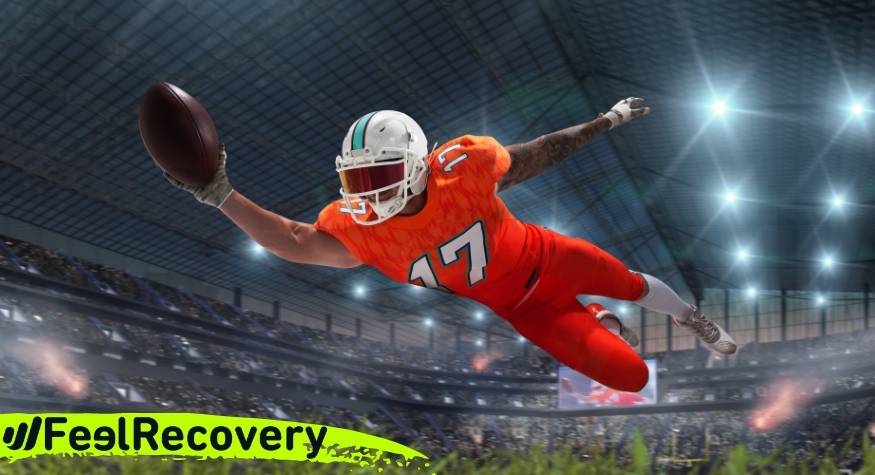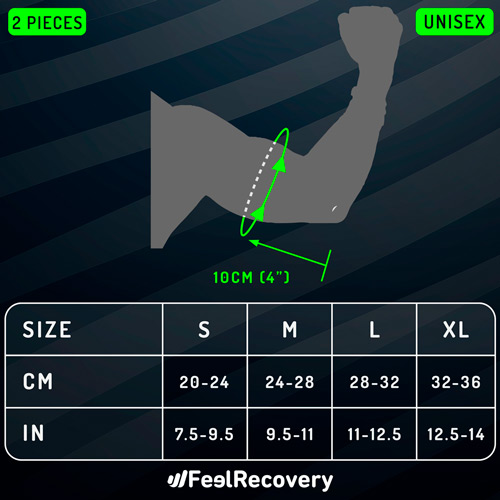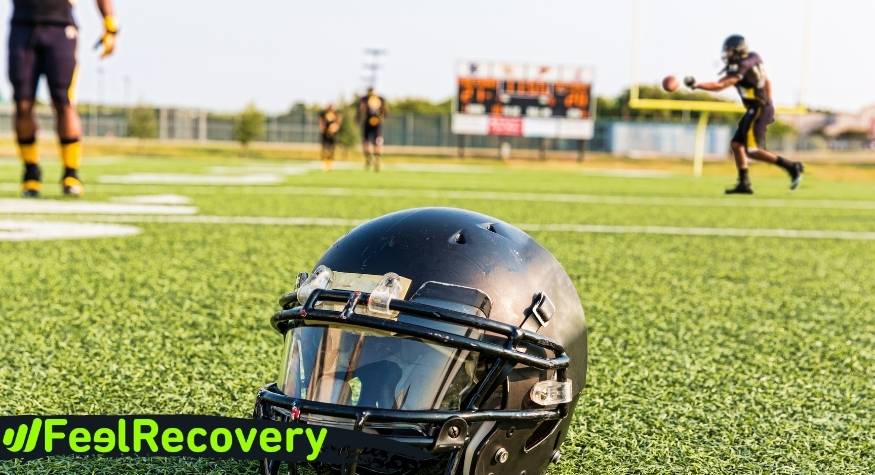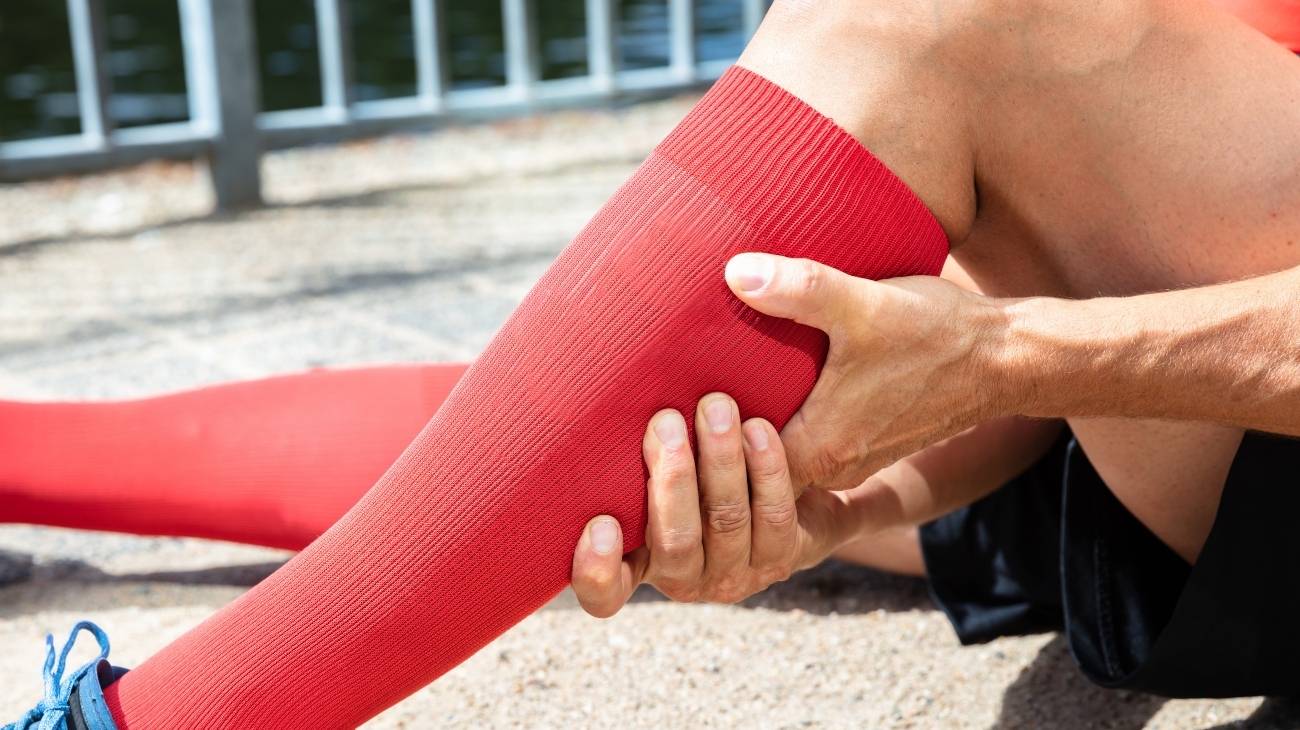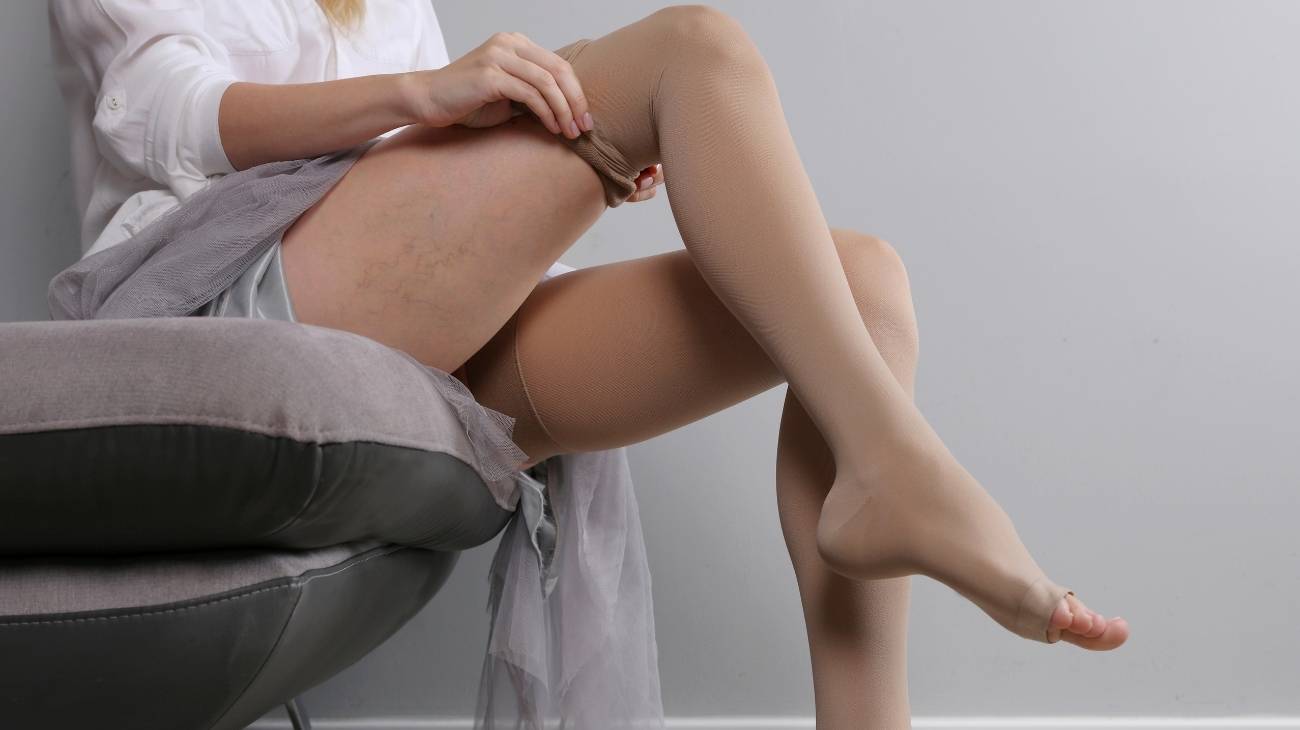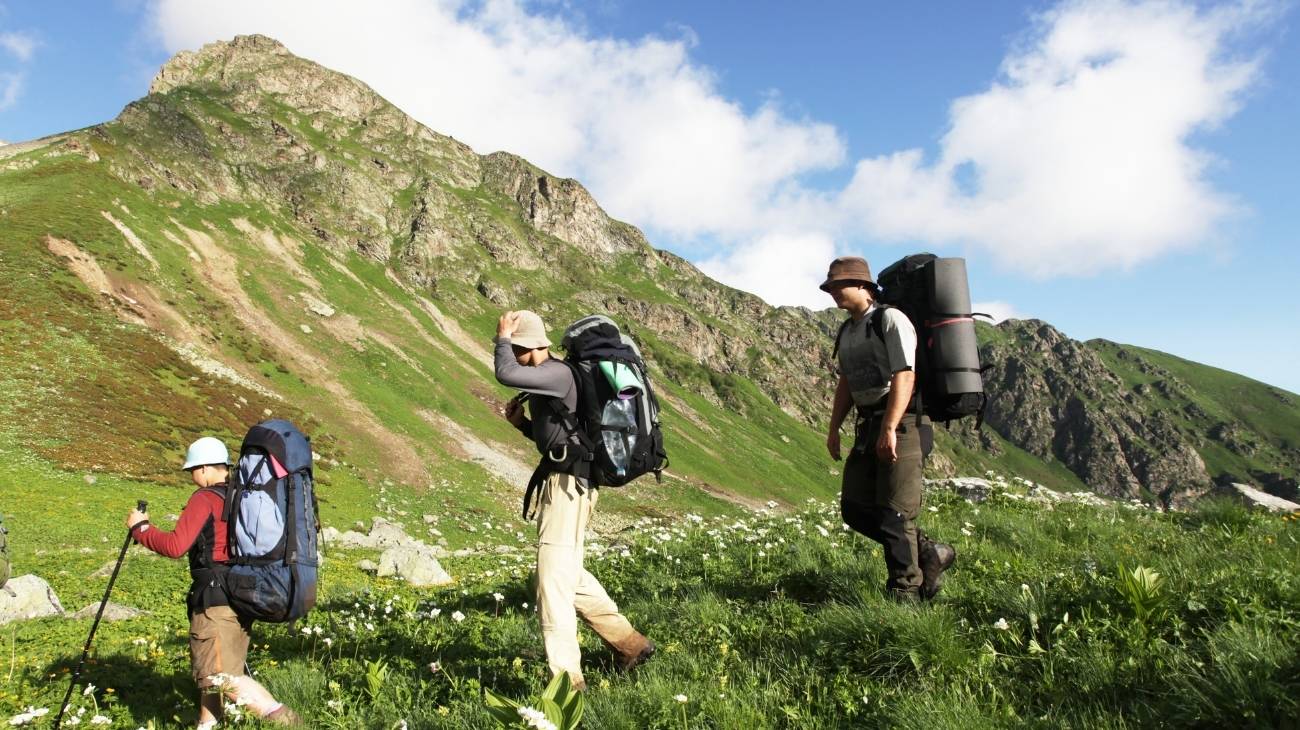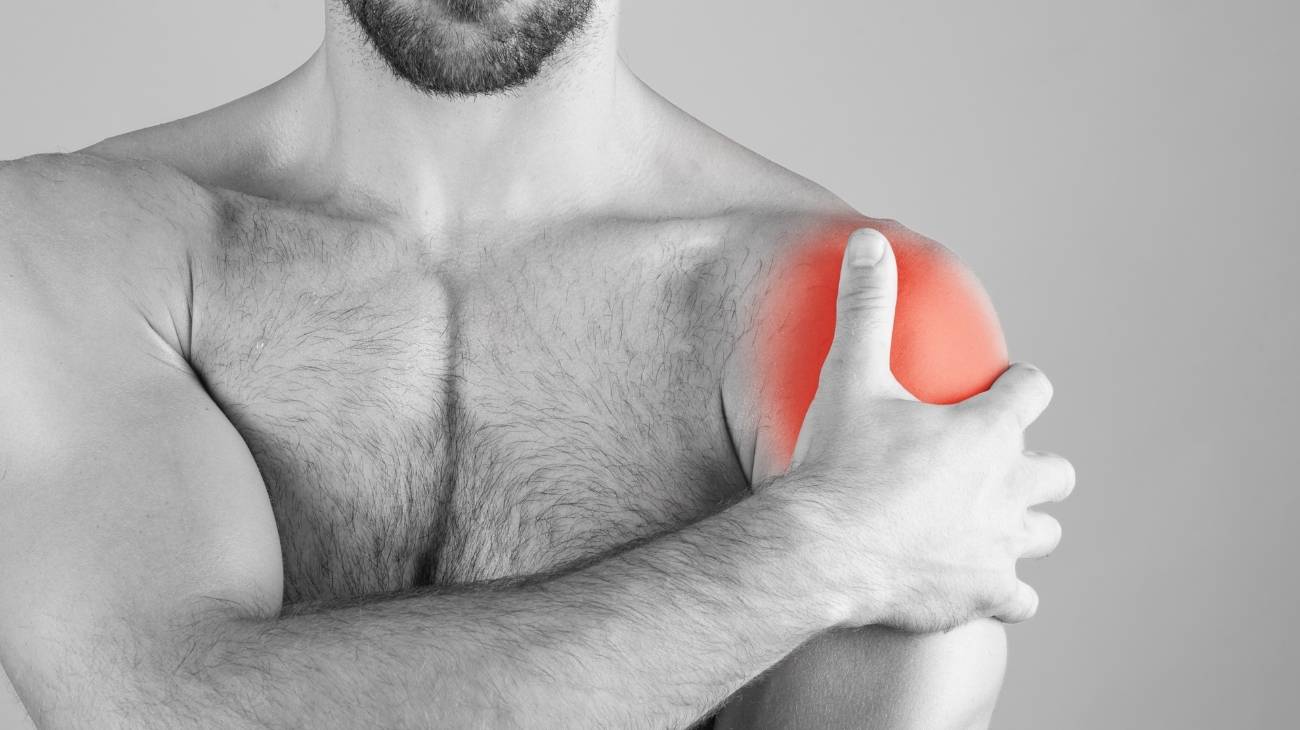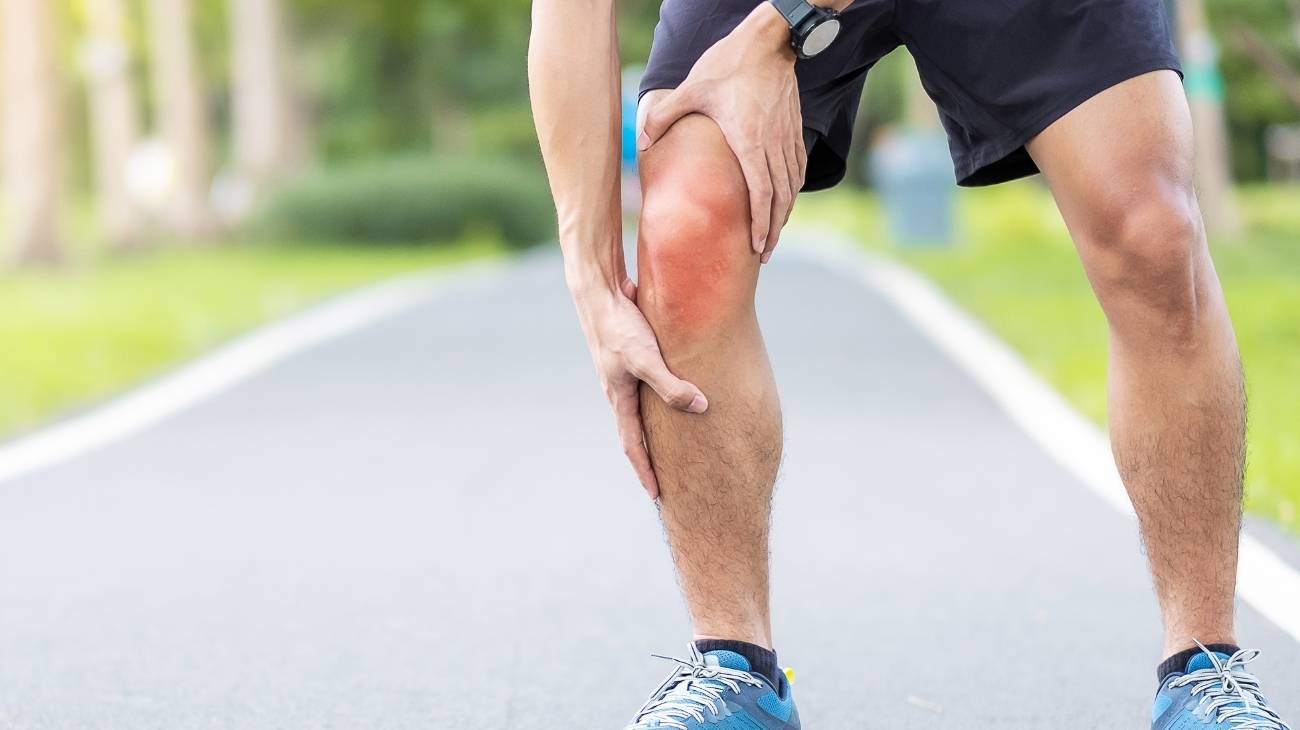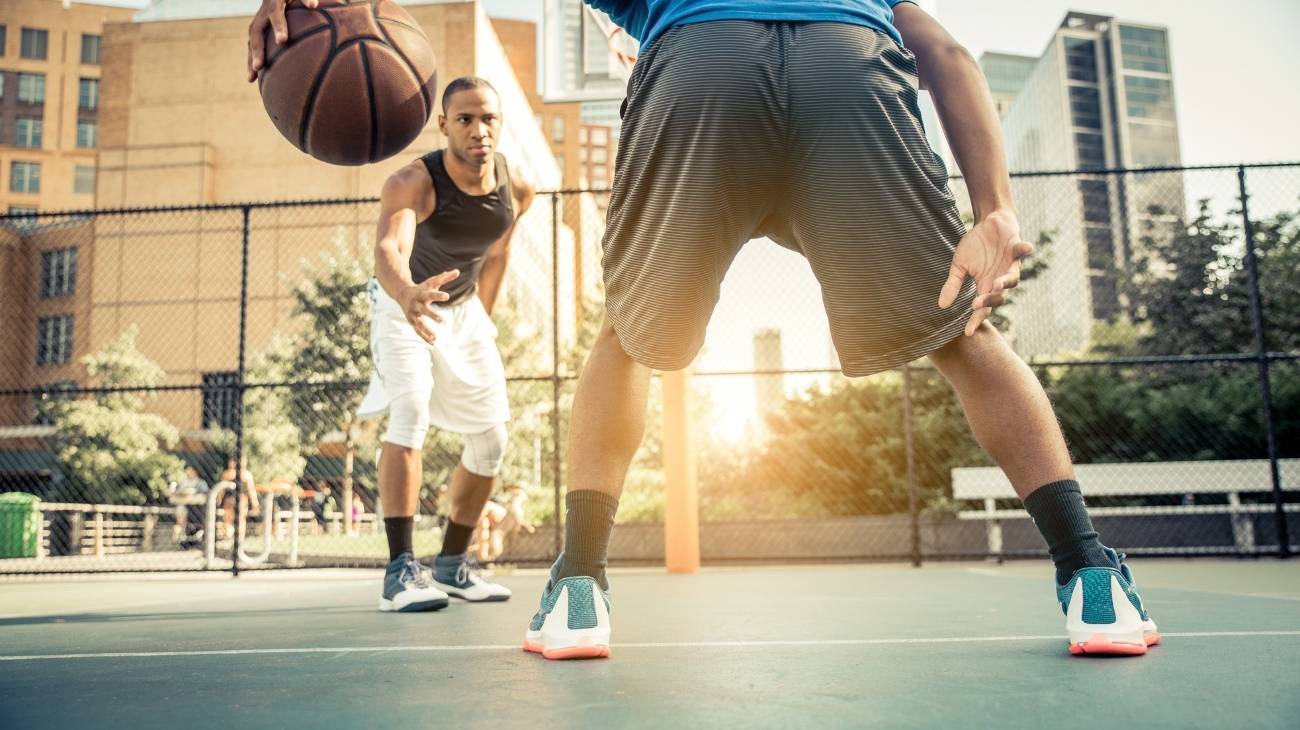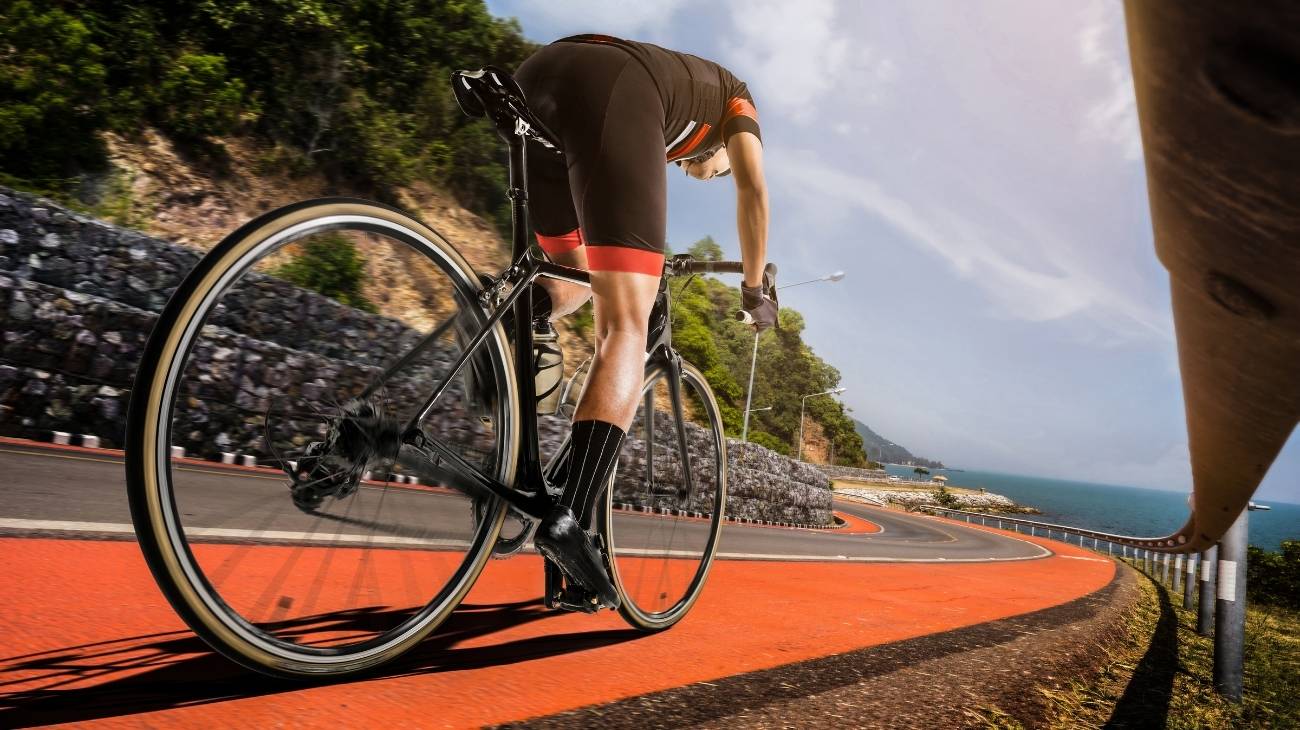Football is a physical impact sport, so it is very common for athletes to suffer various traumas and injuries. Elbows are exposed to all kinds of movements and blows they receive in every football match. For this reason, sports elbow sleeves are essential as a preventive and recovery aid.
For these reasons, we will be explaining the most common football injuries, the best compression elbow braces to treat them, and a simple guide to the things you need to consider before buying a compression sports elbow brace.
What are the most common football elbow injuries?
football players are constantly exposed to all kinds of injuries in every sporting encounter, where they have to use their elbows to protect the ball, tackle it and throw it to their teammates, always paying attention to the physical impacts that their opponents confer on them. At all times, it is their elbows that are exposed to even the most common traumas.
In this section we will look at some of the most common injuries your elbows can sustain while playing football:
Olecranon fracture
The olecranon is one of the most important parts of the elbow and the whole arm, because it is where the ulna is located, a bone where the triceps brachii muscle is inserted. Injuries in this area occur because the triceps has such an action that it can cause the ulna to move backwards when it performs a high tension movement that the bone cannot withstand.
In football, it commonly occurs when the athlete suffers a fall and instinctively places his hands on the ground to avoid it. The injury here occurs because the fall is made with the arm extended and this is when there is a strong contraction of the triceps, which consequently has a direct impact on the ulna which does not withstand the impact and ends up moving backwards, separating from the arm bones.
Cubital tunnel syndrome
The ulnar nerve is one of the most important nerves in the arm, as it runs from the neck to the hand and has the capacity to contract in various parts of its course, including the inside of the elbow. When there is severe compression or irritation of this nerve, it is referred to as "cubital tunnel syndrome".
This condition usually occurs in football for three main reasons:
- Because the athlete incorrectly bends the arm while holding the football ball, causing the ulnar nerve to become compressed.
- Because this movement is repeatedly performed incorrectly, so that the nerve is not only compressed, but also irritated.
- Because the athlete strikes the elbow directly on the inside, causing the injury to occur immediately, accompanied by pain, a current, and the little finger and ring finger fall asleep.
Fracture of the radial head of the elbow
This is one of the second most common fractures suffered by football players. These are slightly more complex breaks due to the number of muscles and bones involved, which affect each other to impinge directly on the elbow.
The injury occurs quite frequently in football when the athlete suffers a very fast impact fall, where he fails to land correctly (with arms flexed) and all the weight falls on the palms of the hand with the arms outstretched. The force of the impact is transmitted from the forearm to the elbow, the head of the radius ends up impacting against the humerus, thus producing a compression injury between the two bones. In cases where the football player suffers an impact of this type but with greater severity, then it will be considered a dislocation.
Dislocation of the elbow
These are fairly common injuries in football and any other sport, due to the frequency with which the cause of the injury occurs. Dislocations are more serious versions of the radial fracture injury, in that they happen when the force of the fall is so high that the elbow cannot withstand the stress of the collapse and the humerus, which is the lower end of your arm bone, loses the contact it had with the top (head) of the bones located in the forearm: the ulna and radius.
In football it is often seen when falling with the arms extended on the soles of the hand, or also when trying to tackle the football ball, the ball comes with such force that it shifts the position of the forearm backwards, causing an impact on the internal bones.
Olecranon bursitis
In the elbows we have small sacs of fluid called "bursae", which help the joints to move easily. When olecranon bursitis occurs, what happens is that the olecranon bursae at the back of the elbow become inflamed. This injury is also called "Popeye's elbow" because of the lump that forms in the area.
It occurs in football because of repetitive arm movements that wear down the olecranon and end up inflaming the olecranon bursae. It also occurs when athletes throw the football ball backwards or to the side in such a way that the elbow does not extend correctly, affecting the joint.
Fracture of the capitellum
The capitellum is located in the distal part of the humerus which is in articulation with the head of the radius. Because of its location, it is one of the bones most prone to fracture due to a displacement injury, being positioned a few millimetres further back due to the impact of the fall.
In football, it is very common to occur when the athlete suffers a fall while playing or training. Most commonly, it happens when the person is in the middle of a match, due to the physical impact with an opposing player which leads to the former falling but incorrectly, i.e. with his arms outstretched. The impact will take place between the capitellum and humerus bones, resulting in a compression injury between the two.
Bestseller
What type of sports elbow braces are best for football injuries?
As we have been observing, elbow injuries are quite common within football because they are caused by repetitive movements, incorrectly executed movements and positions where the elbow is "awkward" or poorly positioned. For each of the injuries you may suffer as a football player, you will need to look for a sports elbow brace that will be able to protect your elbow, and help you recover effectively and quickly from the injury you may be suffering from.
Here are some of the best compression sports elbow sleeves you can opt for when choosing one for yourself:
Elbow compression sleeves
Elastic compression elbow braces are quite sought after in the market, due to the functionality they represent for every football athlete, in the sense that they act by compressing the elbow so that all internal parts of the elbow are kept tight and in place. This type of garment is perfect to give extra support to your elbows when you are training or playing, especially when you have to hold the ball with a lot of force, preventing you from hurting yourself or suffering any injury to the ulnar nerve or the olecranon. You can also use it to help you recover from minor sprains and use it as a pain reliever to reduce swelling in your elbow, while keeping it warm and free to move.
Elbow straps
Nowadays, most athletes of all disciplines are more inclined to use compression straps to prevent or treat elbow injuries. This is mainly due to the fact that they provide a pressure that keeps all the joints, muscles and bones of the elbow completely tightened.
It is also a very good ally for football players who are in charge of throwing the ball to their teammates, as it gives enough compression to help prevent all kinds of injuries when performing the throwing motion. This is due to its restrictive action just at the moment when the elbow muscle tightens, the sports band acts by squeezing it. The compressive power of the sports strap absorbs and redirects the pain away from any inflamed tendon or joint.
Elbow braces with gel compression pads
These elastic elbow braces go beyond the traditional elbow braces, as they come with compressive gel pads on the inside and outside (depending on the model you choose) that provide a tighter compressive action on the elbow. These elastic elbow sleeves with gel pads included are perfect for preventing the common football fractures mentioned above and bursitis, as it protects the elbow from breaking during falls or impacts with other players. You can use it for when you need extra help in your recovery from an elbow injury, relieving the pain and possible inflammation you may be experiencing.
Elbow support
This type of sports elbow brace comes with an attachment that will provide your elbow with considerable tension as it has hinges, which will allow you to adapt the compression as tight or as loose as you need it, adjusting to the exercises, movements or therapeutic purposes of recovery from the injury. Remember that during football, some of the throwing movements are backwards and sideways, where the elbow bends significantly and according to the amount of force you exert with it. So, hinged sports elbow supports stop the joint just as the movement reaches about 0 degrees, preventing it from twisting, fracturing, or any of its internal parts from slipping.
What features should you consider before choosing the best sports elbow brace for football players?
The compression sports elbow sleeves that you will find in the market come with certain specifications or characteristics that will make them more or less suitable for you, depending on the use you are going to give them or what you need them for when playing or practising football.
In this section, we will tell you about the most important characteristics that you will have to take into account when choosing the most suitable sports elbow guard according to your needs; depending on its function, manufacturing material, design, price, type of fastening and size.
Depending on their function
- Elbow braces to relieve pain and inflammation: Sports elbow braces will help relieve pain from minor injuries while you're wearing them, whether it's in a game or football training. They also work to help reduce inflammation in the elbow so that the situation does not become more complicated.
- Compression elbow sleeves: Compression is one of the main functions of all the types of sports elbow sleeves you can find. This function is an extra support that the garment will provide to your elbows just when you are doing very demanding movements in games or football training, especially when you have to stretch and bend your arm.
- Elbow support to protect you from all kinds of injuries: These compressive pieces also provide extra protection that the elbow alone may not be able to provide. Protecting the joint while you are in the football playing area is very important as it prevents you from suffering from any type of injury, or if you already have an injury, it can recover, it does not progress any further and gets worse.
- Elbow supports for immobilisation: This function corresponds specifically to the types of sports elbow braces that focus more than anything else on keeping your elbow completely rigid, as a measure of protection and recovery from serious injuries or post-operative events where the best thing is that the joint is kept immobile, helping it to improve more effectively and quickly.
Material of manufacture
The material is another feature that cannot be overlooked, as it affects the quality and effectiveness of the compression sports elbow brace. There are a wide variety of materials available on the market, all of which are designed to maintain compression on the elbow and protect it.
Some of the most common and effective materials you can find are listed below:
- Neoprene: They are breathable, durable, soft to the touch and resistant to stretching.
- Nylon elastic: They are lightweight and quite effective in terms of compression. They regulate body temperature while keeping the elbow warm.
- Silicone coated: They prevent the sports elbow brace from slipping during demanding football movements.
Type of support
The compression sports elbow sleeves for football that you will find on the market fit the quality and price that you can afford and that your elbows need to avoid injury. So you will need to consider what you need in terms of the type of compression support you also want to get.
Below we list and briefly explain the most popular types of braces purchased by football players, which are also the most commonly used because of their quality and effectiveness.
- Velcro: These are very good for protecting the elbow as they provide an additional layer of support and structure to the ligaments, muscles and of course the bones in this area of the body. It also gives you the ability to decide how tight you want to wear your elbow brace depending on the movement you are going to do in football.
- Hinged: Hinged sports elbow supports are among the most modern as they have a more complicated mechanism of containment, which also means a higher level of compression and security, as they are very difficult to loosen once in place. This gives them that protective characteristic in terms of football injuries, because of how well they conform to the shape of the body.
- With elastic straps: Tie-down straps are not as common as the above, however they are just as effective. They provide support that is very well adjusted to the shape and thickness of your forearm and elbow, which also means a higher level of compression and support, as long as you tie a tight knot.
- With anti-slip gel: These are excellent for the elbow as the gel band is positioned just below the elbow, which means that it provides extra support, very well secured and secure, adapting and holding completely to the body.
Size
Size is another important feature, as you cannot afford to wear an elbow guard that is too tight or too loose, otherwise it would not be fulfilling its main function and you would be exposed to injury. There are one-size-fits-all sports elbow sleeves on the market that fit all shapes and thicknesses of the forearm and elbow. This is where the types of support we mentioned before come in, such as strap fasteners, some with Velcro or sliding fasteners.
But if you prefer a compression sports elbow brace that fits your body size and weight, you can choose to get one that is close to your specific size. To find out what size you are, just get a tape measure and measure the circumference of your forearm and elbow, then compare it with the sizes available on the market.
| SIZE | S | M | L | XL |
|---|---|---|---|---|
| CM | 20-24 | 24-28 | 28-32 | 32-36 |
| IN | 7.5-9.5 | 9.5-11 | 11-12.5 | 12.5-14 |
| WHERE TO MEASURE? | ||||
| Measure arm circumference just 4 inch/10 cm above the elbow joint (*View image) *Note: If after measuring you are between two sizes, choose the larger size |
||||
Design
Most of the compression sports elbow guards you will find on the market come with rather minimalist and rather simple designs, as the purpose of these is more focused on providing a piece of quality and maximum functionality than on the aesthetic part.
However, this doesn't mean that you won't be able to find sports elbow braces with fun designs that are a bit more attractive than the traditional ones. So, for example, you'll notice that elastic compression garments are the ones that vary the most in terms of colours and designs. They come in a variety of colours and patterns. Elbow immobilisers are no slouch in this respect either.
Elbow braces that come with gel pads tend to be a bit more serious, coming in basic colours such as black, green, blue and dark red. As do the hinged support and compression bands for the elbows.
Price
As far as prices are concerned, sports compression elbow straps also vary depending on the features we mentioned above: the material of manufacture, design, size, support. As the quality of these increases, so do the prices. Here we want to show you an approximate of the costs you can find on the market, so you can get an idea of how much you can invest depending on the type of sports elbow guard you want to buy.
Do compression elbow braces really work for football?
As we already know, football is a sport that demands a lot from the body in terms of impact and physical contact, in addition to movements of tension and strength on the part of the arm and elbow that make it a very prone area to injury if the movements are not performed correctly.
Compression sports elbow braces were made with this in mind: to help you prevent all types of elbow injuries and to help you recover from them if you are suffering from one.
Compression therapy is a viable and natural option, as it will not mean an external agent in your elbow, but will serve as an extra support to the natural and biological anatomy of the same, being of great support so you can perform with total confidence and safety on the field, every time you have to impact on other players.







